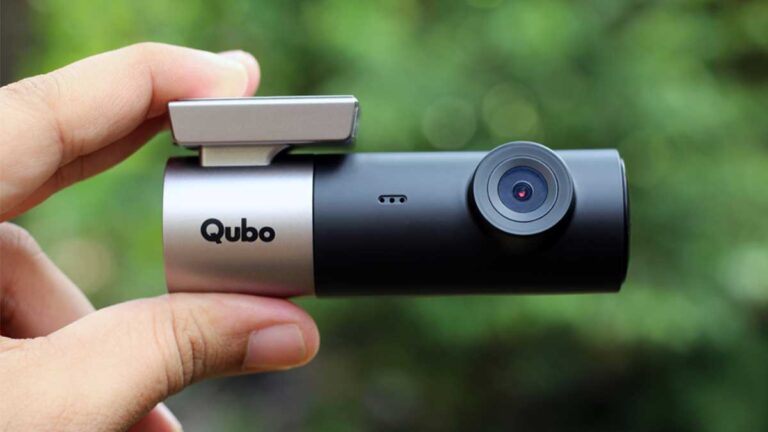Replacing a smartphone battery might seem straightforward, but the real complexity lies beneath the surface—especially when it comes to handling battery connectors. These small yet critical components come in a variety of designs, depending on the smartphone manufacturer, model, and even production year.
Mishandling a battery connector during repair can lead to hardware failure, data loss, or even personal injury. Whether you’re a professional technician or a tech-savvy user attempting a DIY repair, understanding the different battery connector types is essential. For more information and expert help, sites like https://fonetech-sheffield.co.uk/ provide trusted resources and repair services for smartphones of all types.
Battery connectors serve as the physical link between the battery and the phone’s motherboard. These components carry power and communication signals and are usually delicate, small, and sometimes soldered into place. Improper removal or installation can lead to damaged pins or unstable power supply—issues that might not show up immediately but can cause intermittent shutdowns or short circuits over time.
Common Battery Connector Types in Smartphones
Different smartphone brands use varying connector types based on design requirements, size constraints, and power delivery needs. Here are the most commonly encountered designs:
1. Push or Press Connectors (Snap-On)
These are the most widely used battery connectors in modern smartphones. Typically found in iPhones and many Android devices, press connectors attach to a corresponding socket on the motherboard. They are relatively easy to remove and install but require care to avoid bending the connector or damaging the motherboard.
Handling Tips:
- Always use a plastic spudger or nylon pry tool to lift the connector.
- Avoid using metal tools as they may cause a short circuit or scrape sensitive components.
- Ensure the connector is aligned perfectly before pressing it back into place.
2. Plug Connectors (JST or Molex Style)
These connectors are more common in older smartphones or in certain low-cost Android models. They typically have wires running from the battery to a small plug that fits into a socket on the motherboard.
Handling Tips:
- Gently wiggle the connector out rather than pulling on the wires.
- Avoid applying force in the wrong direction, as the pins inside can bend or break.
3. Soldered Connectors
In some budget models and very compact smartphones, batteries are connected directly to the motherboard through soldered joints. These require a soldering iron to disconnect or reconnect and are not considered user-serviceable.
Handling Tips:
- Only attempt removal if you are confident with soldering tools.
- Improper soldering can damage the board or create unreliable power connections.
4. Flex Cable with ZIF Connectors
Some modern smartphones use flexible ribbon cables that connect the battery to the mainboard using ZIF (Zero Insertion Force) connectors. These are more complex and fragile than snap-on connectors and often include latches or locks.
Handling Tips:
- Unlock the connector latch before attempting removal.
- Re-lock the connector once the new cable is inserted.
- Be cautious not to crease or tear the flex cable.
Identifying the Right Connector
Before attempting any repair, it’s crucial to identify which type of battery connector your phone uses. A teardown guide or repair manual specific to your device model will typically indicate the type and location of the connector. These guides often come with high-resolution images and step-by-step instructions to avoid costly mistakes.
Also, it’s worth noting that even among the same brand (e.g., Samsung), different models can use different connectors. For instance, the Galaxy S series might use snap-on connectors while the A series could feature soldered or plug types.
Tools You’ll Need
Handling battery connectors safely requires the right tools. At a minimum, consider having the following on hand:
- Plastic Spudger: For lifting snap connectors without damage.
- ESD Tweezers: To maneuver cables and connectors safely.
- Soldering Kit: Only for soldered connector types.
- Magnifying Glass or Lighted Loupe: Helps inspect tiny pins and alignment.
- Anti-Static Wrist Strap: Protects sensitive electronics from electrostatic discharge.
Static Precautions and Safety
Static electricity can destroy sensitive components in smartphones. Always work on an anti-static mat and use grounding techniques when handling open devices. Never perform repairs while standing on carpet or in dry environments without taking ESD precautions.
Heat is another concern. Using metal tools on a live device or failing to disconnect the battery before continuing with other repairs can result in short circuits, leading to overheating or fire.
Dealing with Damaged Connectors
If you damage a battery connector during removal, don’t attempt to force it into place or improvise a fix with adhesive or makeshift solder. This could cause more harm than good. In such cases, it’s best to consult a professional technician or a service center experienced in repairs such as Samsung phone battery replacement in Sheffield. They will have the tools and expertise to repair or replace damaged connectors safely.
Manufacturer Differences and Connector Complexity
Apple devices generally favor press-fit connectors with added shielding, while brands like Xiaomi or Huawei may use ZIF or plug-style connectors in their mid-range devices. Samsung’s flagship models typically use secure snap-on connectors but often place them near fragile components, increasing the risk of accidental damage during repairs.
These design variations mean that connector handling is not a one-size-fits-all skill. Technicians must stay informed about evolving connector styles and techniques for each new smartphone release.
Battery connector handling is one of the most critical—and often underestimated—skills in smartphone repair. Understanding the type of connector you’re dealing with, using the right tools, and following safe handling practices can prevent a host of problems, from poor battery performance to complete device failure.
If you’re unsure or uncomfortable handling delicate components, it’s wise to seek help from professionals. Technicians with experience in connector handling ensure not only a successful battery swap but also a longer device lifespan. For those in need of samsung phone battery replacement in Sheffield, local experts can provide the care and precision required to manage such repairs safely and effectively.




